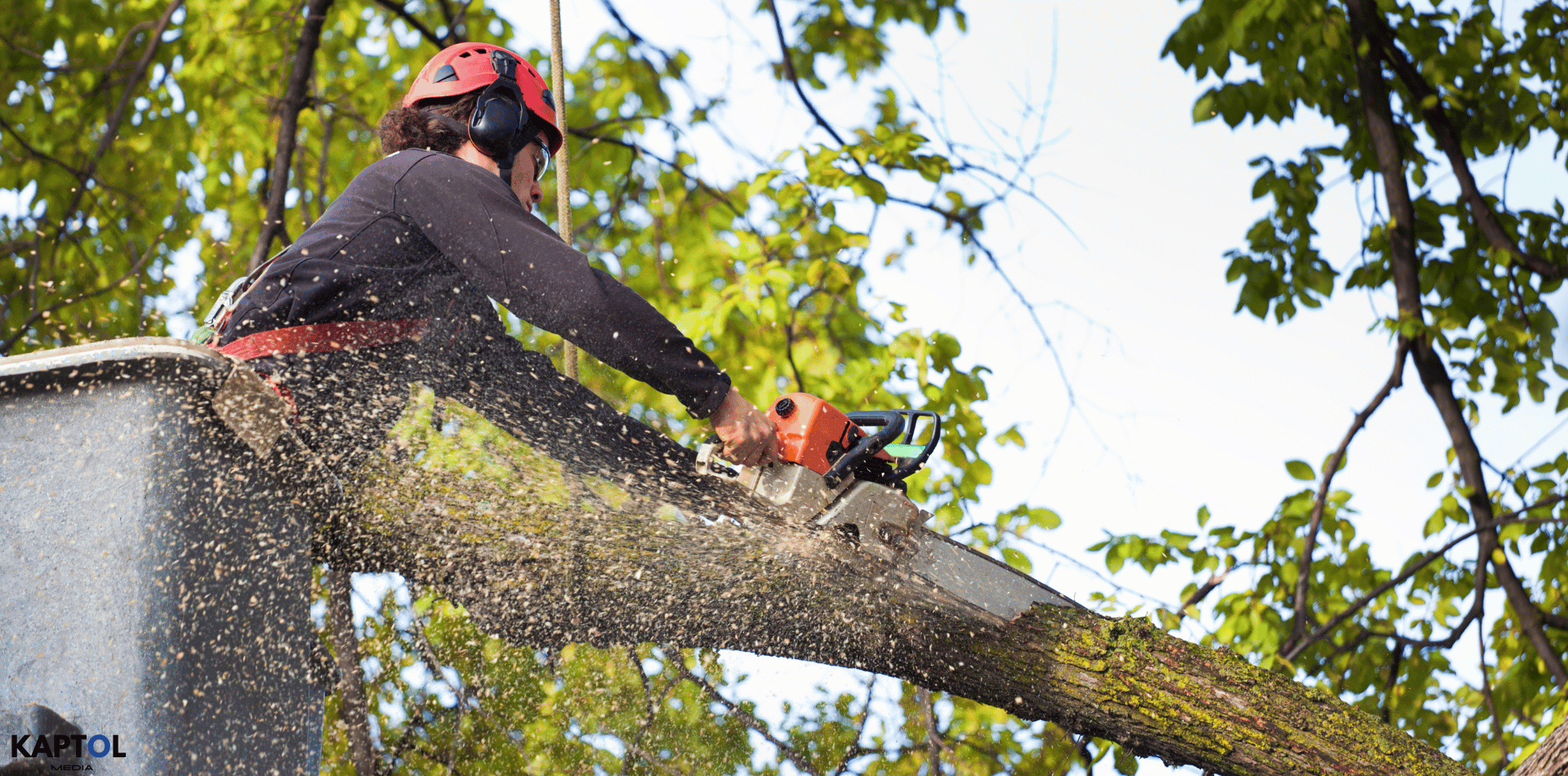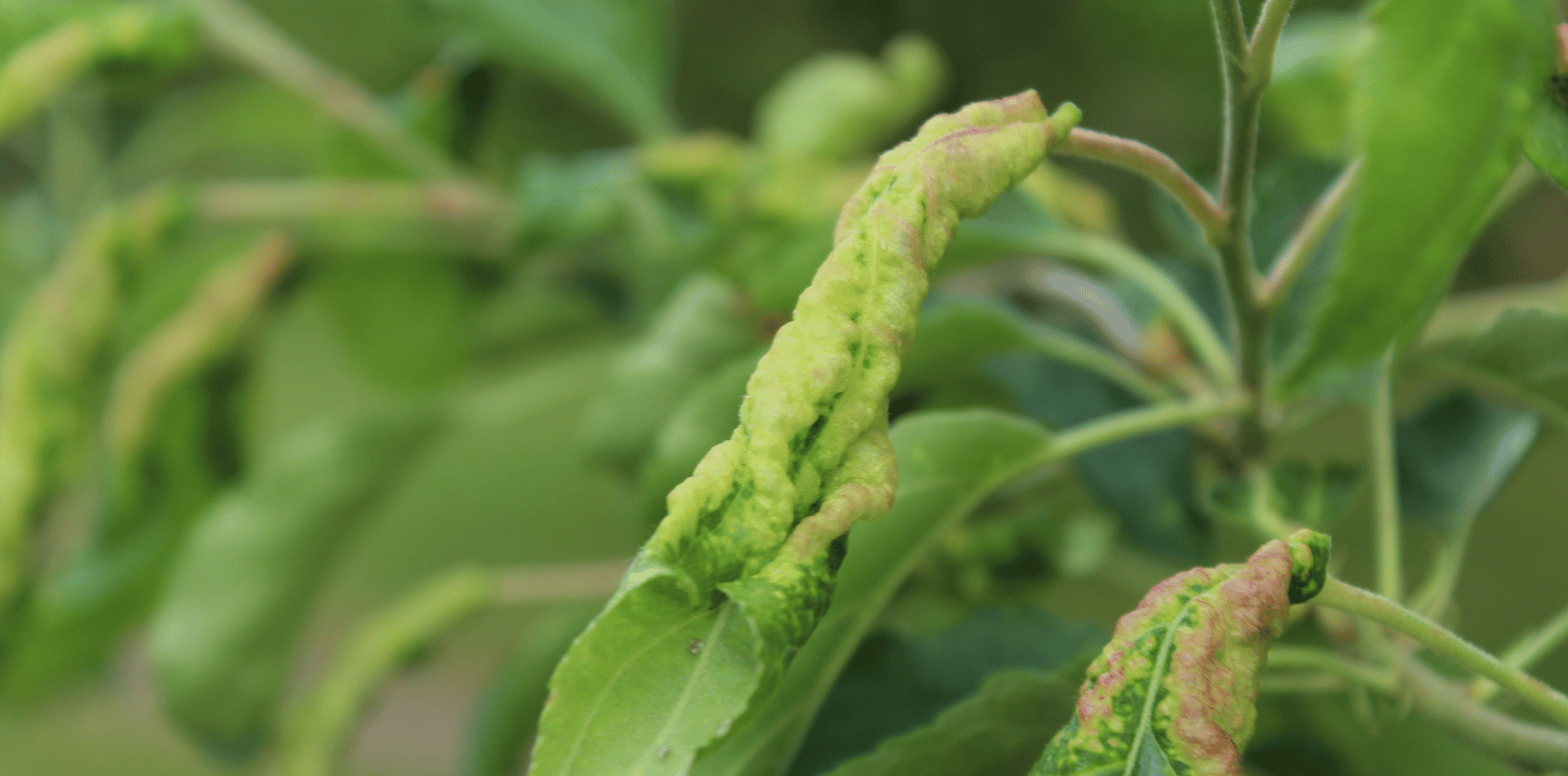Is Tree Removal Covered By Home Insurance
Is Tree Removal Covered By Home Insurance?
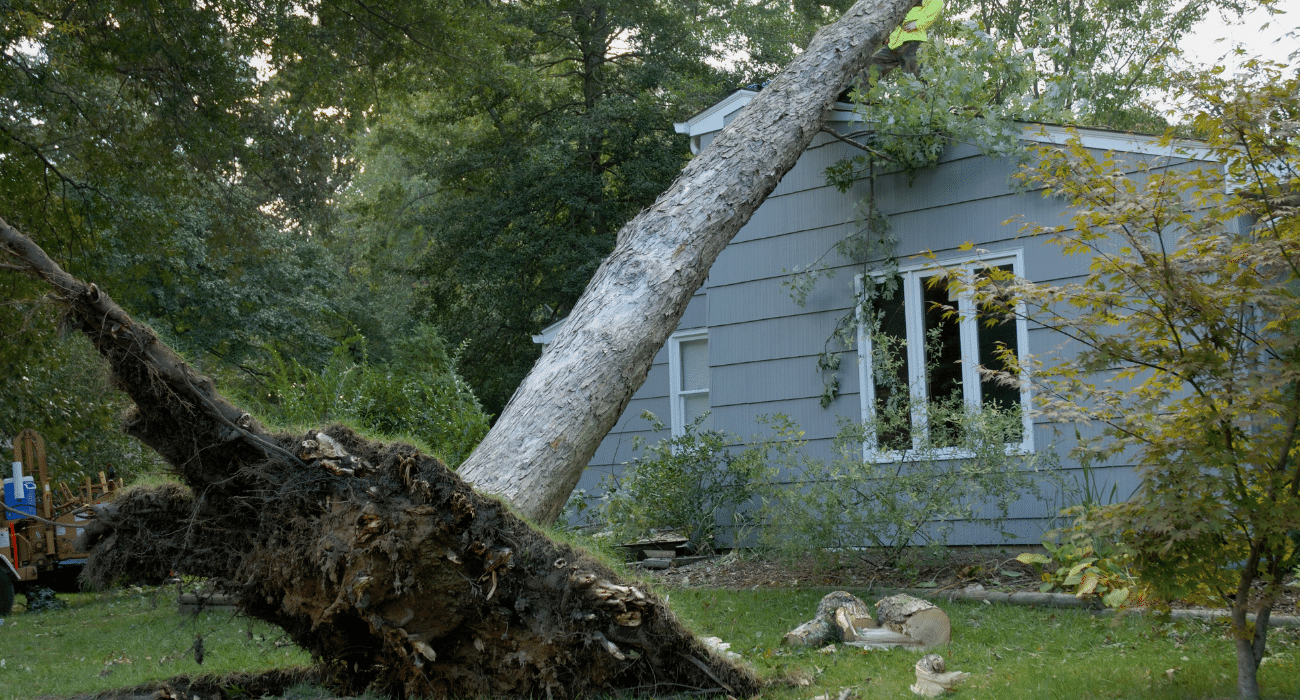
We get asked this question often.
There is a lot involved and there is no simple 'yes' or 'no' answer.
In some circumstances, tree removal may be covered by your home insurance policy. For example, if the tree has fallen related to a named peril, like a storm, fire or vandalism.
However, most times a fallen tree is your responsibility to remove. In this case either your insurer won’t pay for it, or the cost to remove it doesn’t make sense to claim on insurance.
When is tree removal covered by home insurance?
Your insurance policy traditionally covers damages from what are called, named perils.
These include items like:
- fire and smoke
- lightning
- falling objects
- weight of ice, snow or sleet.
In most cases, if a tree falls on your home because of one of these common perils, insurance may cover the cost of removal.
Let’s say a strong summer storm hits and you have a small row of trees near your house. The storm is strong enough to knock over three of them, damaging your roof. Generally, your home insurance should cover the repairs to the roof as well as the removal of the trees.
In this example the tree fell on the house. However, if the trees are away from the house, you may not be covered for the tree removal. It depends totally on what caused the trees to fall and whether they cause damage to structures on your property.
What if you have a tree on your front lawn, and during a violent storm it is struck by lightning and splits? Even though there is no damage to your home, your insurance may be obligated to pay.
Why? Most standard home insurance policies cover damage on your property due to lightning, fire, explosion, riot, vandalism, or an aircraft falling on the property.
These subtle differences often cause confusion.
To summarise: The removal of a tree anywhere on your property may be covered if the damage is caused by fire, lightning, or the items listed above. If damage is caused by a rain or wind storm, hail or ice, the coverage only extends to the buildings which are impacted.
It is very important your fully understand your own coverage and discuss your coverage with your insurance provider. It is also essential to read their Product Disclosure Statement (PDS).
When is tree removal not covered by home insurance?
As mentioned previously, removal of tree debris will not generally be covered by your home insurance if it is caused by a wind or rain storm, hail or ice, and does not fall on a covered structure on your property. If it lands on your lawn without causing any building damage, you will likely have to pay for removal yourself.
There are a few other instances in which the cost of tree removal is excluded. If a tree needs to be removed due to a flooding event, your standard policy may not cover the cost.
Another case where tree removal may not be covered by your home insurance policy is where the tree is affected by rot, old age or disease. If your tree is old, or there is evidence of deterioration, you can expect to pay for removal yourself.
Insurance is a very tricky area. Let's say you have a tree which falls due to a covered peril, but the insurance company determines it was previously damaged or rotten prior to the event. Your insurance company will likely deny liability for the removal of the tree. Their reason would be that you should have noticed the damage and dealt with it prior to the peril.
In addition to exclusions like age and deterioration, or whether the tree fallen does structural damage, there are a few other important situations where your tree removal would be excluded.
One exception is if the tree falls on your driveway or a wheelchair ramp, therefore making them unusable, your insurance company may agree to pay for it as you have experienced loss of use.
If you are running a business out of your house and the trees are part of that business. For example, a landscaping or nursery business. To receive a payout for tree removal, you may need to have an additional business coverage on your policy to cover it.
All of the above conditions will also apply if the tree that falls on your property is from a neighbour’s property. In some cases, your insurance company may claim against your neighbour’s insurance company to cover the damages. If the tree is on your property, but damages a neighbour’s home, the reverse would be true.
Another exclusion could be if a tree falls on your car. Your homeowners insurance will not likely cover this damage, but your comprehensive car insurance might.
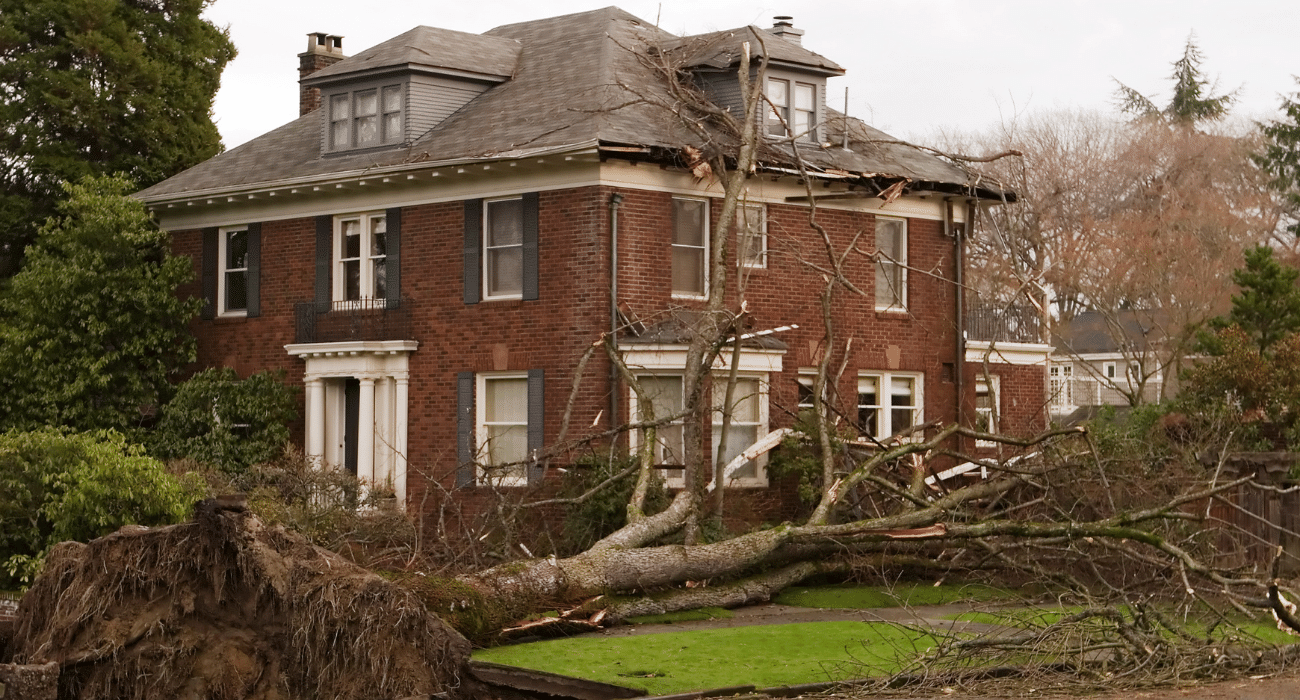
Additional coverages to consider
Your home insurance does not cover every possible circumstance. If you have numerous trees on your property and are concerned about future costs, you might consider adding the following.
Debris removal
This doesn't directly relate to trees, but refers to any clean-up costs following a named peril covered. That means everything from tree debris removal to cleaning out your house following a fire would qualify.
Debris removal usually has a cap of 25% of your liability for the property loss.
Yard and garden
A yard and garden inclusion can increase your coverage for damage to your lawn and landscaping. If a tree falls on your lawn and causes damage to existing shrubs, flowerbeds, or your sprinkler system, this can help cover those losses.
This coverage may also extend to damage that results in a business loss for you. Again, you should consult to your insurance company to be sure exactly what your company will cover and what is excluded.
What's it all mean?
Whether tree removal is covered by your insurance policy depends on what caused it to fall and where it is.
- If a tree falls on a covered structure, like your house, during a named peril, removal will most likely be covered.
- If the tree falls and doesn’t do any damage, removal coverage will be determined by what caused it to fall.
- Trees that fall because they are aged, diseased or rotted are your own responsibility.
- Additional coverages are available, such as earthquake coverage, that may help with removal costs.
Tree removal costs are covered by your homeowners insurance based on determining what caused the tree to fall, as well as where the tree was located. Damage caused by a tree falling on your house or other covered structure is generally covered, and removal normally included as well. If the tree doesn’t land on a structure and there is no damage, removal costs may be up to you.
It is highly recommended you review your policy regularly to ensure you have enough coverage for tree removal if required.


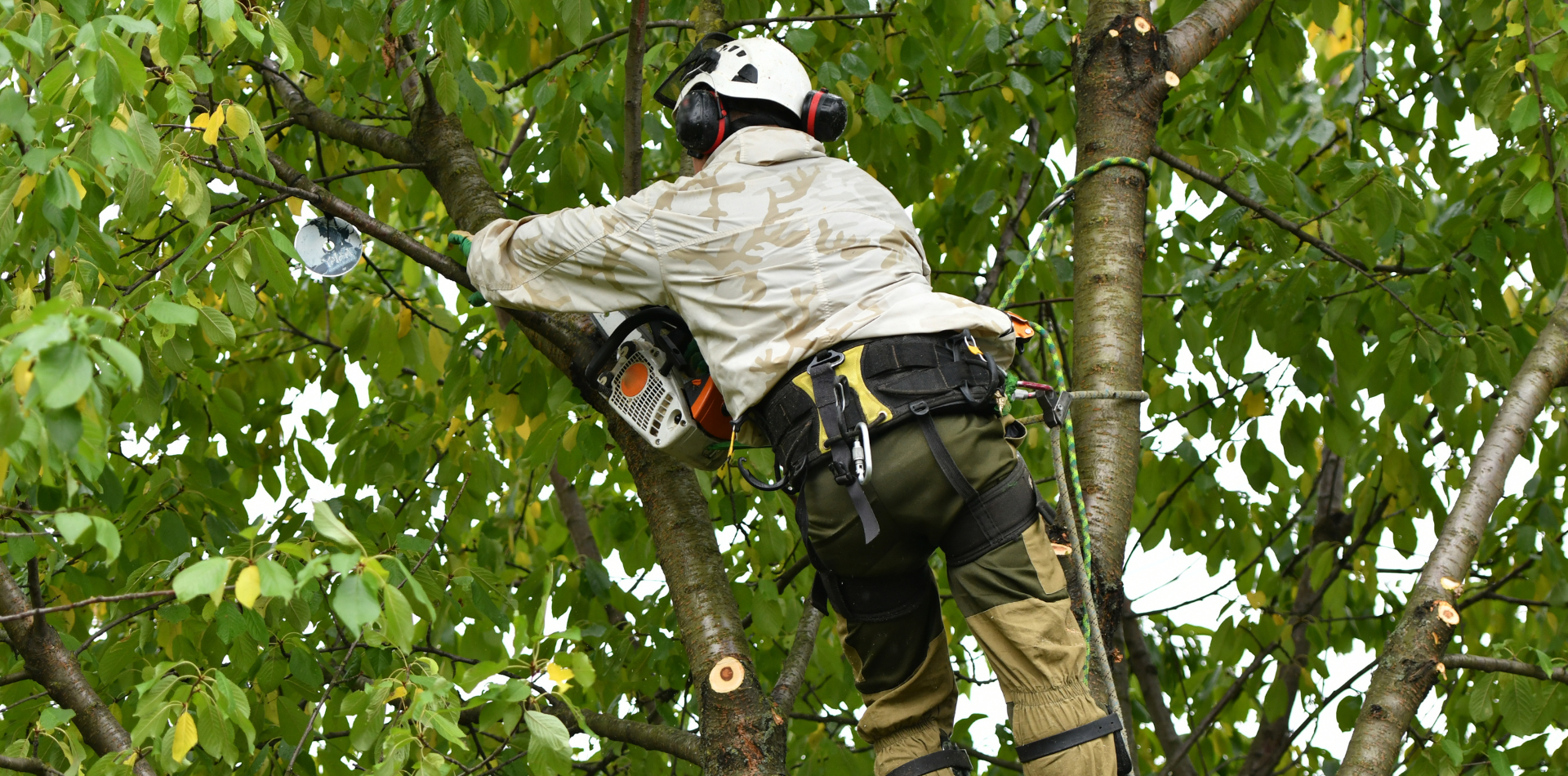
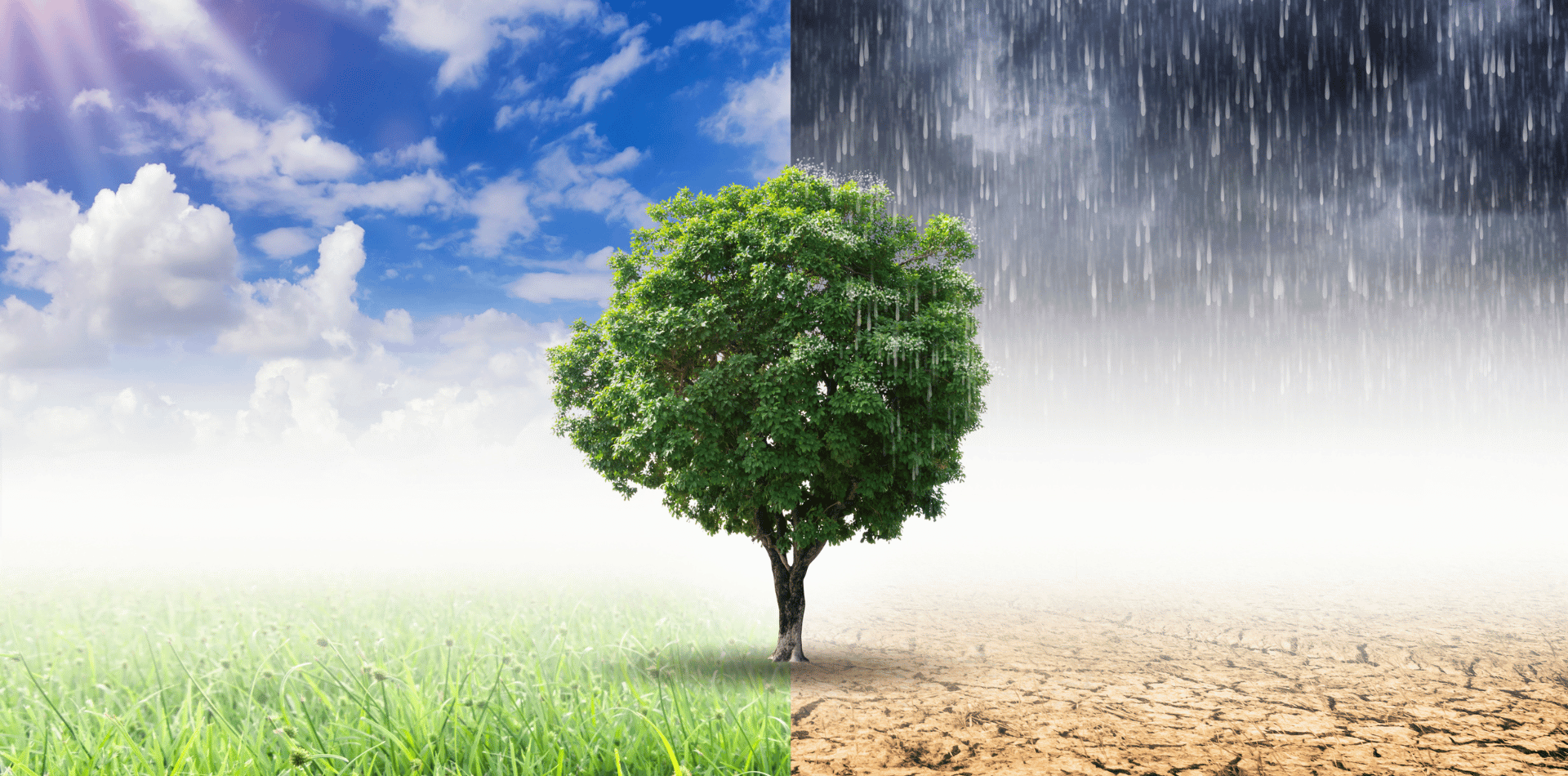
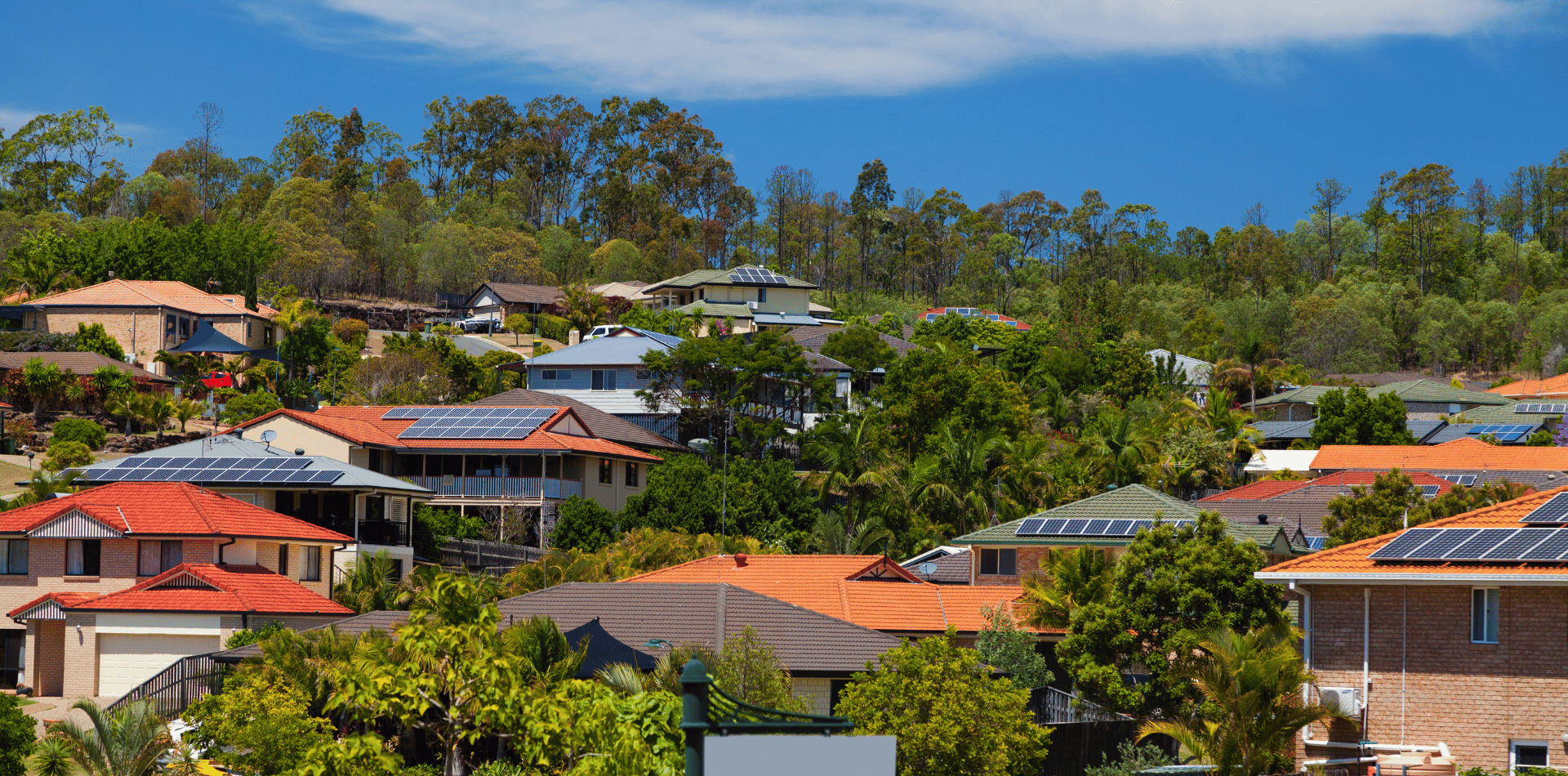
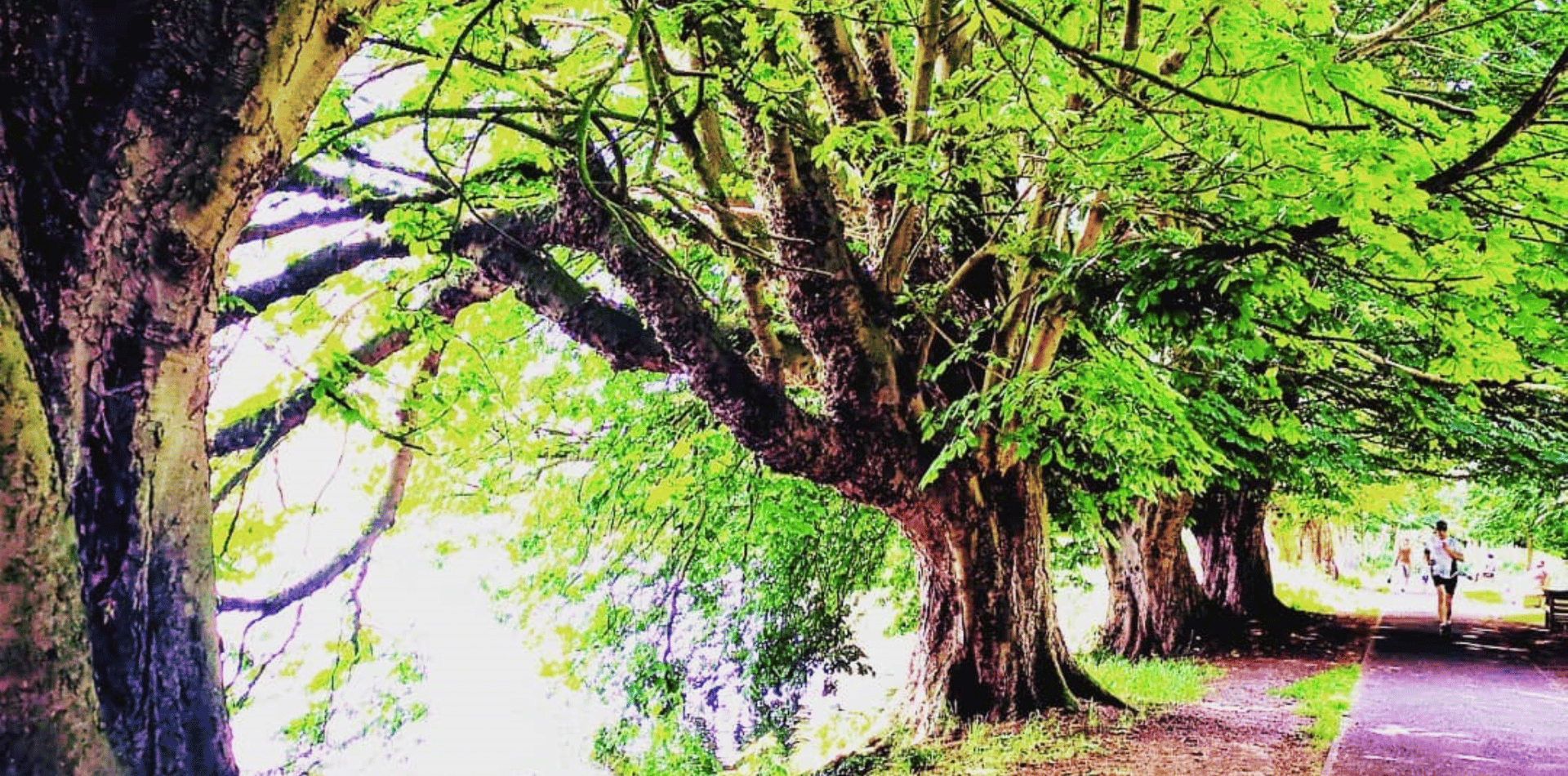
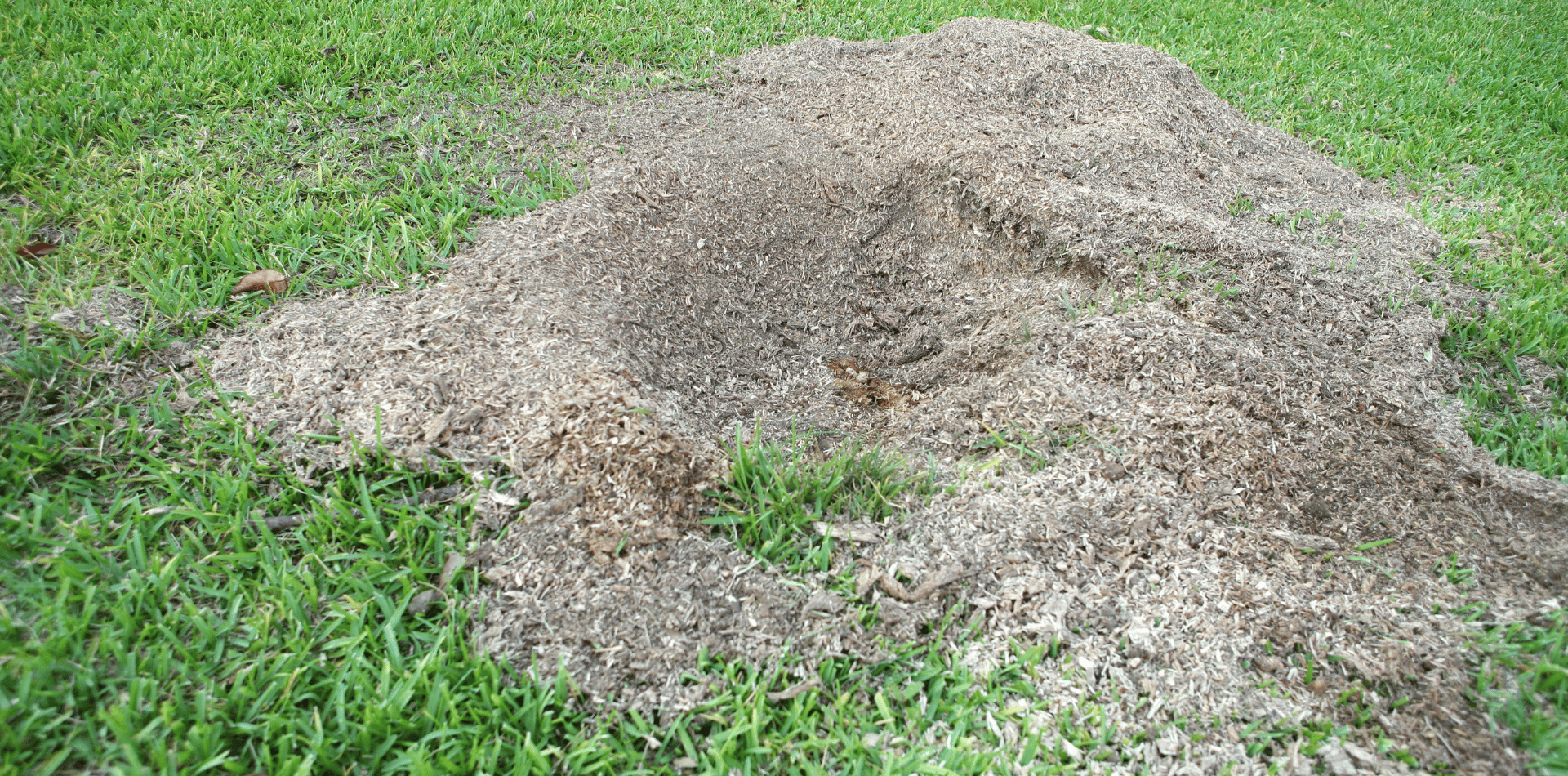

Contact
Kaptol Tree Removal Newcastle
A Member of the Kaptol Group
Powered by Kaptol Media

